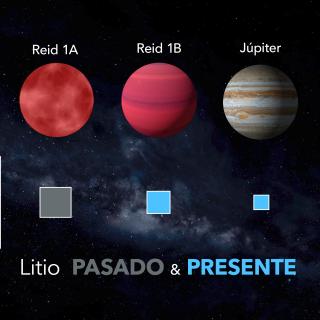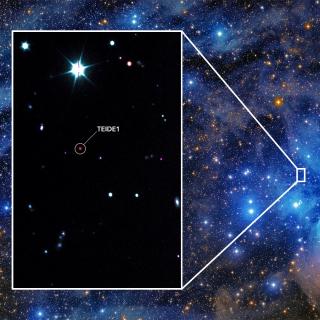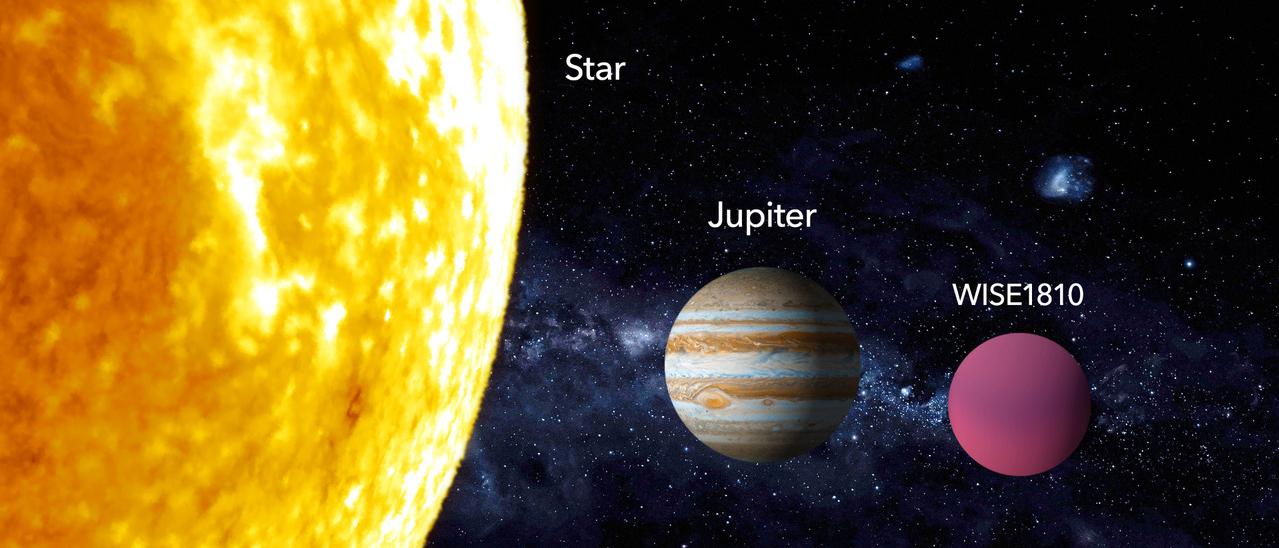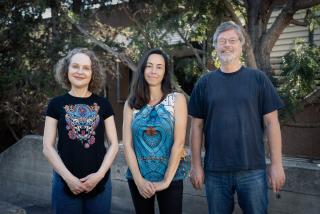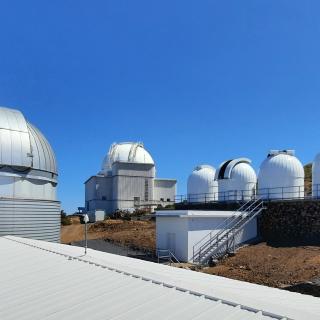A study, led by the Instituto de Astrofísica de Canarias (IAC), has confirmed the presence of an unusual metal-poor brown dwarf less than 30 light-years away from the Sun. Its proximity could suggest a possible overabundance of brown dwarfs formed in the early stages of the Milky Way. Several telescopes located at the observatories of Roque de Los Muchachos (La Palma) and Calar Alto (Almería) have been used in the investigation. The results are published in the journal Astronomy and Astrophysics.
On a cosmic scale, our immediate neighbourhood is composed of just a few hundred stars and brown dwarfs with their own planetary systems. Unlike stars, brown dwarfs do not have enough mass to sustain nuclear fusion of hydrogen, which is the energy source of stars like the Sun, so they fade over time. Because of their low luminosity and energy, they are very difficult to detect. However, their study is essential for understanding the processes of star and planet formation.
Now, a team led by Nicolas Lodieu, a researcher at the IAC, has performed a detailed observational study of a candidate metal-poor brown dwarf discovered in 2020. This type of brown dwarf has an atmosphere devoid of substances such as nitrogen and carbon.
The recent study has revealed that this object, named WISE1810 (or WISE J181005.5-101002.3, according to International Astronomical Union) is only 29 light years away, so it would be part of the immediate solar vicinity. The research has also determined that it has a cold surface temperature of 525 Celsius, a luminosity one millionth of the Sun, and a mass in the brown dwarf regime.
The new brown dwarf has very peculiar photometric and spectroscopic properties that will require new investigations. "None of the current atmospheric models can reproduce the light emitted by this peculiar object over a wide wavelength range” said Lodieu.
Researchers have no knowledge of an object similar to this one. “We cannot see traces of ammonia and methane at near-infrared wavelengths deducing that the atmosphere has about 3% of the solar chemical composition but with large uncertainty” explains María Rosa Zapatero Osorio from Centro de Astrobiología (CSIC-INTA), co-author of the paper.
This is the first time that the presence of such dim, metal-depleted objects in our Galaxy has been confirmed. "WISE1810 is a water vapor world because steam and molecular hydrogen are the only strong features we can see in the object’s spectral energy distribution" affirms Eduardo L. Martín from the IAC, also co-author of the paper.
After analysing the observations, the research team has finally determined that WISE1810 is the closest metal-poor brown dwarf to the solar neighbourhood. Most of these low-metallicity objects formed in the early days of our galaxy, so the presence of WISE1810 so close to the Sun could suggest a possible overabundance of brown dwarfs formed in the early stages of the Milky Way.
The research has been carried out using the OSIRIS, EMIR e HiPERCAM instruments of the Gran Telescopio Canarias (GTC o Grantecan), ALFOSC of the Telescopio Óptico Nórdico (NOT) and Omega2000 of the Calar Alto Astronomical Observatory (CAHA).
"Future observations may confirm that these types of brown dwarfs are more common than we thought, which will change our view of how stars and brown dwarfs formed in the early Milky Way" concludes Lodieu.
Article: Lodieu, Zapatero Osorio, Martin, Rebolo, and Gauza: “Physical properties and trigonometric distance of the peculiar dwarf WISE J181005.5−101002.3”, 2022, A&A, DOI: https://doi.org/10.1051/0004-6361/202243516
Contact at the IAC:
Nicolas Lodieu, nlodieu [at] iac.es (nlodieu[at]iac[dot]es)
Eduardo Martin, ege [at] iac.es (ege[at]iac[dot]es)
Rafael Rebolo, rrl [at] iac.es (rrl[at]iac[dot]es)

